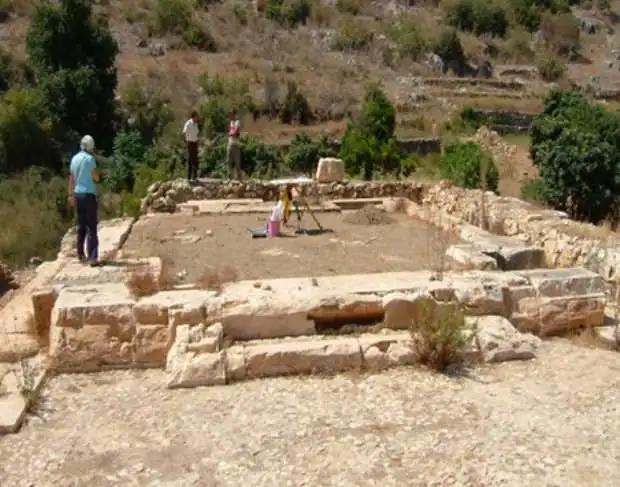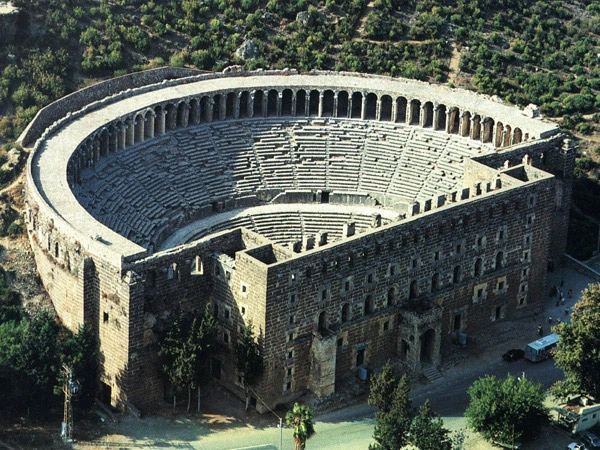Selinus Ancient City
Description
The ancient city of Selinus is located on a hill and slope that extends like an elbow to the sea southwest of the marina and Hacı Musa Stream within the boundaries of Gazipaşa District. The acropolis of the city was built on the hill. The city was inhabited during the Hellenistic, Roman and Byzantine periods. Selinus is the most important region of the mountainous Klikya region. The city took this name because Trijan, one of the Roman emperors, died in this city. In the city where the Roman settlement is dense, the Medieval Castle, Agora, Large and Small Baths, Şekerhane Pavilion and Monumental Tombs are architectural structures that can be seen today. The church and the cistern in the acropolis are important structures that have survived to this day. The other buildings of Selinus are located on the coast and on the hillside. These structures include baths, agoras, Seljuk pavilion, aqueduct and necropolis area. The monumental tomb in the necropolis is important. Most of the ossuaries in the Alanya Municipal Museum were brought from the Selinus necropolis, suggesting the existence of a workshop in Selinus.
Short Description
The ancient city of Selinus is located on a hill and slope that extends like an elbow to the sea southwest of the marina and Hacı Musa Stream within the boundaries of Gazipaşa District. The acropolis of the city was built on the hill. The city was inhabited during the Hellenistic, Roman and Byzantine periods. Selinus is the most important region of the mountainous Klikya region. The city took this name because Trijan, one of the Roman emperors, died in this city. In the city where the Roman settlement is dense, the Medieval Castle, Agora, Large and Small Baths, Şekerhane Pavilion and Monumental Tombs are architectural structures that can be seen today. The church and the cistern in the acropolis are important structures that have survived to this day. The other buildings of Selinus are located on the coast and on the hillside




